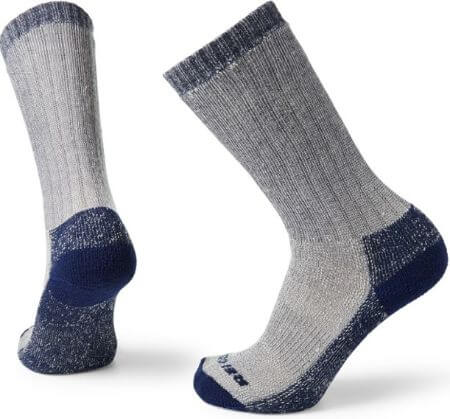As the frosty winter season approaches, it’s time to break out the cozy sweaters, warm blankets, and, of course, winter socks. While we often pay attention to outerwear and accessories to combat the cold, we mustn’t overlook the significance of proper insulation in our socks.
In this article, we will explore the importance of insulation in winter socks and how it contributes to our overall comfort and well-being during chilly temperatures.
Keeping Feet Warm and Comfortable
When the temperatures drop, our extremities are the first to feel the effects of the cold. Feet, being the farthest from the heart, are particularly vulnerable to heat loss. Insulated winter socks act as a barrier against the cold, trapping warmth and preventing it from escaping. The insulation material provides a layer of protection, keeping our feet comfortably warm and ensuring we can go about our daily activities without discomfort or distraction.
Retaining Heat and Regulating Temperature
Effective insulation in winter socks not only prevents heat loss but also helps regulate foot temperature. High-quality insulating materials, such as wool or synthetic fibers, have excellent thermoregulatory properties. They retain heat close to the skin when the temperatures are low and wick away moisture to keep feet dry and comfortable. This dual functionality ensures that our feet stay warm, yet not overly sweaty, which can lead to discomfort and potentially even frostbite.
Enhancing Circulation and Reducing Cold-Related Injuries
Proper insulation in winter socks promotes blood circulation, which is crucial for maintaining optimal foot health in cold weather. Insulation materials provide cushioning and support, reducing pressure points and enhancing blood flow. Improved circulation helps to prevent common cold-related foot issues, such as frostbite and chilblains, by ensuring a steady supply of warm blood to the extremities.
Moisture Management and Odor Control
Apart from preserving warmth, insulation in winter socks plays a vital role in managing moisture. Sweating is a natural bodily response, even in cold weather, and inadequate moisture management can lead to dampness and discomfort. Insulation materials with moisture-wicking properties draw perspiration away from the skin, allowing it to evaporate, and keeping the feet dry. This moisture management feature also helps prevent the growth of odor-causing bacteria, ensuring fresh and hygienic feet throughout the day.
Durability and Longevity
Winter socks with proper insulation are often made from durable materials, ensuring they can withstand the demands of cold weather. The insulation layer provides an added level of protection against wear and tear, making the socks more resistant to damage caused by regular use. Additionally, high-quality insulation retains its properties over time, allowing the socks to maintain their insulation capacity and effectiveness throughout multiple seasons.
Conclusion
As winter sets in, it’s crucial to pay attention to every aspect of our winter attire, including our socks. Proper insulation in winter socks is vital for keeping our feet warm, comfortable, and protected from the cold. The right choice of insulation materials ensures temperature regulation, moisture management, and improved circulation. By investing in high-quality, insulated winter socks, we can enjoy the winter season to its fullest without compromising our comfort or well-being. So, let’s prioritize insulation and keep our feet snug and cozy during the chilly months ahead.

For over 12 years, I have been testing and reviewing heating technologies that overcome cold weather conditions. In recent years, I have specialized in the heated apparel. I’ve made it my mission to educate people about heated clothing.
